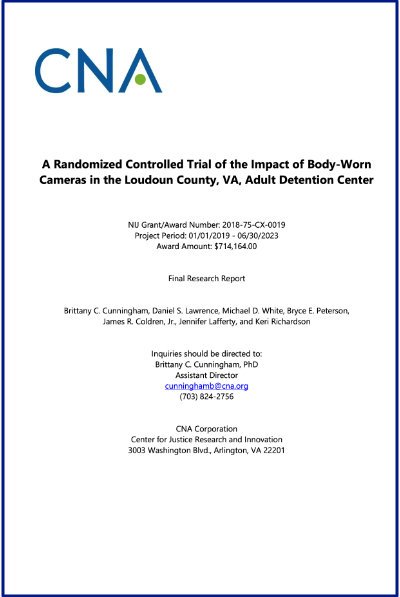By Robin Olsen, Ammar Khalid, Ashlin Oglesby-Neal, Tessa Upin
Many states have enacted comprehensive justice system reforms to reduce the use of incarceration and community supervision with the aim of focusing resources on people at higher risk of reoffending and investing in strategies to achieve better outcomes for people and communities. In 2015, Nebraska and Utah passed legislation to create a structured approach for responding to supervision violations. This included the use of time-limited incarceration stays that are shorter than full revocations of supervision. We conducted interviews with stakeholders and analyzed administrative data in both states to examine the implementation and effects of the reform to community supervision incarceration responses. Our analysis found that violation responses have changed in both states, moving from revocations or other prereform incarceration sanctions toward structured, short jail stays or incarceration caps. Additionally, while overall incarceration stays associated with supervision violations increased in both states after the reforms, the number of full revocations from felony probation decreased in Nebraska and the proportion of violations that received an incarceration response decreased in Utah. The analysis also showed that successful completions for both states’ supervision systems either increased immediately after reforms were implemented or increased after a brief decrease. However, the analysis found that the use of time-limited incarceration responses did not make successful supervision completion more likely for particular cases in Nebraska, and in Utah, cases that received time-limited incarceration responses had higher recidivism rates than similar cases that did not. This brief offers recommendations that Nebraska, Utah, and other jurisdictions considering similar policies can consider to build on these pieces of legislation, including closely tracking both system-level and individual outcome metrics, establishing policies and practices that meet the goals of their approaches to supervision violation responses, and limiting the overall use of incarceration because of its potential criminogenic impact.
Washington, DC: Urban Institute, 2022. 53p.





















